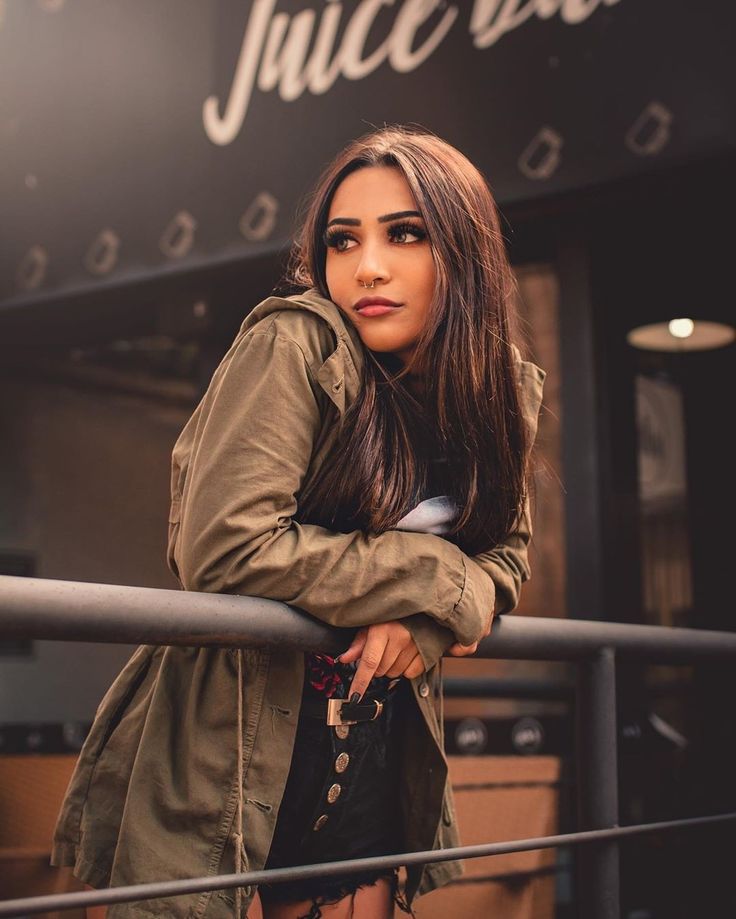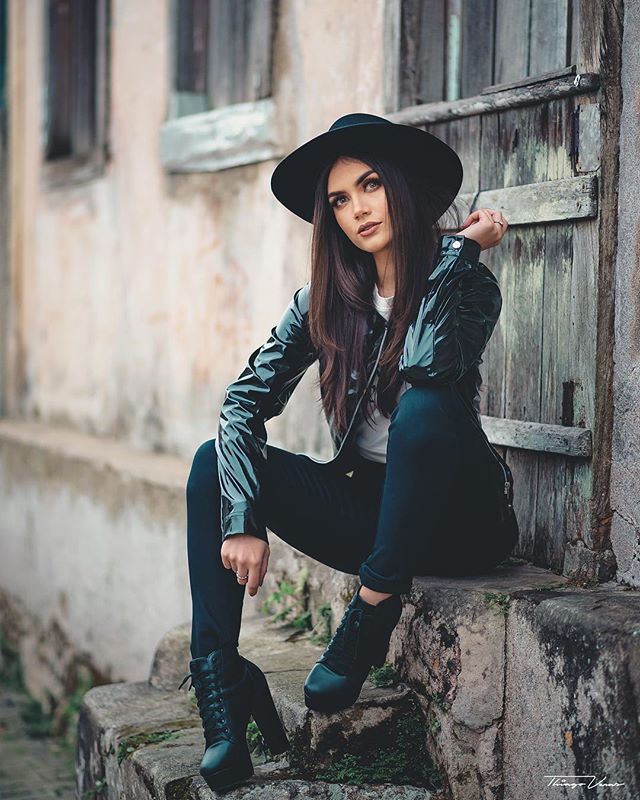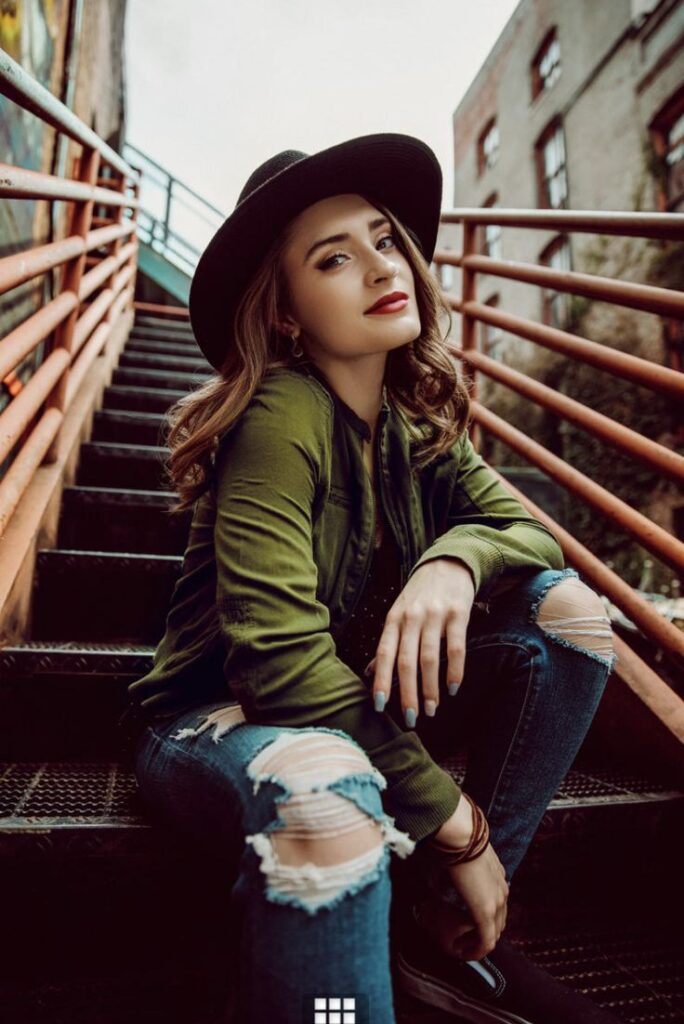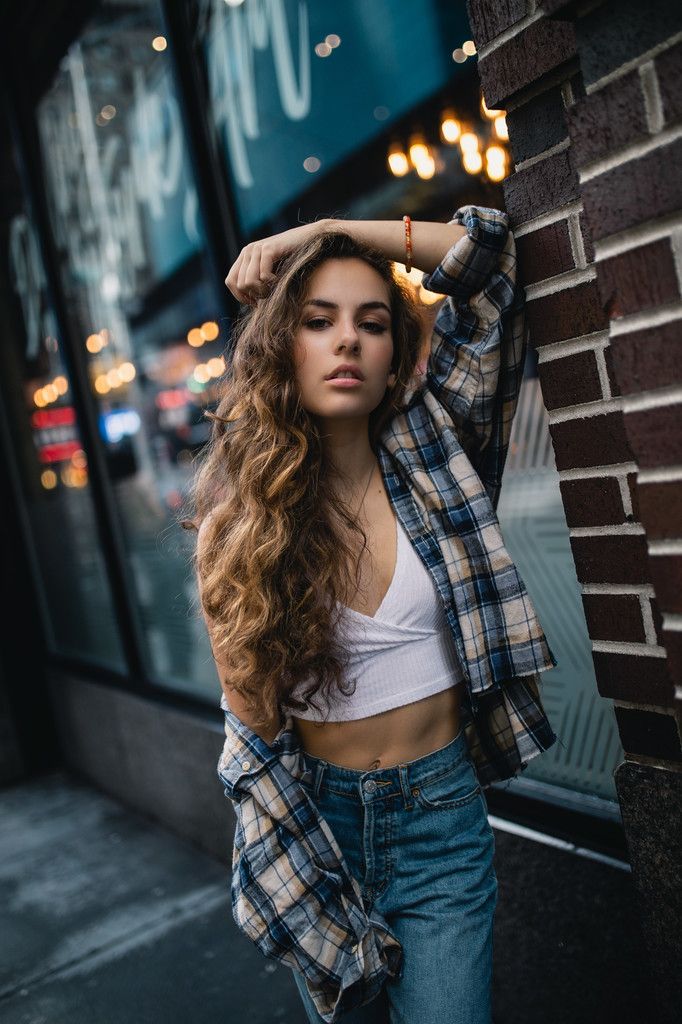Posing is a vital element of portrait photography. It can elevate a photo from ordinary to extraordinary, highlighting the subject’s best features while conveying emotion and personality. However, many photographers—especially beginners—find posing to be one of the most challenging aspects of their craft for Stunning Portraits.
This guide will take you through everything you need to know about posing clients for stunning portraits. From understanding body language to creating a comfortable environment, this blog explores techniques to ensure your clients look natural and confident in every shot.
1. Why Posing Matters in Portrait Photography for Stunning Portraits
The way a subject poses can dramatically impact the overall mood, composition, and storytelling of a portrait. A good pose not only flatters the subject but also enhances the emotional connection between the viewer and the image.
1.1 Creating Confidence and Comfort
Proper posing helps clients feel confident and at ease. When clients feel comfortable, they naturally appear more relaxed, leading to authentic and engaging portraits.
1.2 Highlighting Individuality
Every client is unique. A thoughtful pose can reflect their personality, style, and the story they want to convey through the photograph.
1.3 Balancing Aesthetics and Storytelling
Good posing strikes a balance between aesthetic appeal and emotional storytelling, making your portraits visually captivating and meaningful.
2. Preparing for a Portrait Session
The key to successful posing begins before the session even starts. Preparation helps you build trust with your clients and ensures a smooth workflow during the shoot.
2.1 Understand Your Client’s Goals
Ask questions to determine the purpose of the shoot. Are they looking for professional headshots, family portraits, or artistic images? This information will guide your posing approach.
2.2 Study Their Best Features
Take time to observe your client’s unique features, such as their facial structure, posture, and expressions. This helps you suggest poses that flatter them the most.
2.3 Communicate Your Vision
Share your ideas and plans with your client before the session. Clear communication builds trust and ensures they feel involved in the creative process.








3. Building Rapport for Natural Posing
Creating a comfortable environment is essential for capturing natural and stunning poses.
3.1 Start with Small Talk
Engage in casual conversation to help your client relax. Discuss their interests, hobbies, or any topic that puts them at ease.
3.2 Use Positive Reinforcement
Encourage and compliment your clients throughout the session. Positive reinforcement boosts their confidence and helps them feel more comfortable in front of the camera.
3.3 Offer Gentle Guidance
Avoid overwhelming your clients with complex instructions. Use simple language and demonstrate poses yourself to make the process easier to follow.
4. The Basics of Posing: Body Language and Posture
Understanding body language and posture is crucial for creating visually appealing portraits.
4.1 The Importance of Good Posture
Encourage your clients to stand or sit up straight with their shoulders relaxed. Good posture enhances confidence and creates clean lines in the image.
4.2 Angles and Lines
- Diagonal Lines: Introduce movement and dynamism by angling the shoulders or tilting the head slightly.
- Symmetry: For classic and formal portraits, symmetrical poses exude balance and elegance.
4.3 Avoiding Awkwardness
Watch out for stiff hands, tense shoulders, or unnatural angles. Subtle adjustments can make poses look more relaxed and organic.
5. Essential Posing Techniques for Beginners
Beginner-friendly poses provide a foundation for creating stunning portraits without overwhelming your clients.
5.1 The Triangle Method
Position the head, hands, and feet to form a triangle. This technique adds balance and visual interest to your composition.
5.2 The “S” Curve
For full-body portraits, guide your clients to create an “S” curve with their body by shifting their weight onto one leg and angling their hips and shoulders.
5.3 The Power of the Eyes
Direct your client’s gaze to create different moods:
- Looking at the Camera: Creates a connection with the viewer.
- Looking Away: Adds intrigue or introspection.
- Focus on Something Nearby: Helps them appear natural and thoughtful.
6. Posing for Different Types of Portraits
Poses vary depending on the type of portrait you’re capturing. Tailor your approach to match the style and purpose of the shoot.
6.1 Individual Portraits
- Highlight the subject’s unique personality.
- Experiment with hand placement (e.g., resting on the chin or tucked into a pocket).
- Use head tilts and subtle facial expressions to convey emotion.
6.2 Couple Portraits
- Focus on the connection between the two individuals.
- Use poses that emphasize intimacy, such as holding hands, embracing, or playful interactions.
- Maintain balance in the composition by alternating who leads the pose.
6.3 Group Portraits
- Arrange individuals in layers for depth.
- Vary poses slightly to avoid stiffness.
- Ensure everyone is comfortably positioned and has clear visibility.
7. Creative Posing Ideas for Stunning Portraits
Inject creativity into your portraits by experimenting with poses that break away from traditional norms.
7.1 Movement and Interaction
Encourage your clients to move—walk, twirl, or interact with their surroundings. Capturing moments in motion often results in dynamic and authentic images.
7.2 Use of Props
Incorporate props that add context to the portrait. For example:
- A book for a contemplative look.
- A musical instrument for artistic flair.
- A flower for soft, romantic vibes.
7.3 Playing with Perspective
Experiment with angles and perspectives to create visually striking poses. Shoot from above, below, or through objects to add depth and interest.
8. Inclusive Posing Tips for All Clients
Inclusive posing celebrates diversity and ensures every client feels valued and comfortable during their session.
8.1 Respect Individual Comfort Levels
Always ask for consent before trying poses that may feel too vulnerable or intimate for your client.
8.2 Celebrate Diversity
Highlight the unique qualities of each client, from their cultural background to their body type. Avoid one-size-fits-all approaches to posing.
8.3 Adapt to Accessibility Needs
If your client has specific needs, adapt your poses and setups to ensure they are fully included in the creative process.
9. Tips for Natural Expressions in Portraits
Expressions can make or break a portrait. Guide your clients to bring out their most authentic selves.
9.1 Make Them Laugh
Share a funny story or joke to elicit genuine smiles and laughter.
9.2 Capture Candid Moments
Take photos between poses when your clients are most relaxed. These unplanned shots often capture raw emotions.
9.3 Encourage Eye Contact
Guide your clients to look directly into the camera, at a specific point, or at another person in the frame, depending on the story you want to tell.
10. Post-Processing: Refining Your Portraits
Editing enhances your portraits by fine-tuning colors, tones, and details.
10.1 Enhance Natural Features
Subtly retouch skin, brighten eyes, and sharpen details without losing the client’s natural essence.
10.2 Adjust Poses in Post
Use cropping or slight perspective corrections to improve the composition and balance of poses.
10.3 Maintain Consistency
Apply a cohesive editing style to unify your portfolio and reinforce your artistic identity.
Conclusion: The Art of Posing for Stunning Portraits
Mastering the art of posing is essential for creating memorable and impactful portraits. By understanding body language, tailoring poses to the individual, and fostering an inclusive environment, you can help your clients feel confident and look their best in every photo.
Remember, posing is a collaborative process that grows with experience. Practice, experiment, and stay open to your client’s input to elevate your portrait photography to new heights.

Sony Alpha a7 IV: The Ultimate Camera for Photography

Nikon Z5 Review: Is It Worth It?
-

Nikon Z9 : Game-Changer for Photography
-

Top Features of Nikon D850 That Make It Ideal for Portfolio Shoots
Sony Alpha a7 IV: The Ultimate Camera for Photography
Explore the Sony Alpha a7 IV in this complete 2025 review. Learn how its pro-level features, real-world performance, and hybrid flexibility make it the ultimate camera for photography across genres like portraits, weddings, travel, and commercial work. Table of Contents Section 1: Introduction – Why the Sony Alpha a7 IV Stands Out The Sony Alpha…
Nikon Z5 Review: Is It Worth It?
In 2025, photographers—whether hobbyists, content creators, or professionals—seek equipment that blends value, performance, and future-readiness. Enter the Nikon Z5, a full-frame mirrorless camera marketed as a gateway to high-end imaging without a flagship price tag. But how well does it hold up under real-world demands like studio shoots, weddings, landscape adventures, and lifestyle photography? In…
Nikon Z9 : Game-Changer for Photography
Discover why the Nikon Z9 is considered a true game-changer for photography. This in-depth Nikon Z9 review explores key features, real-world performance, and how it excels in professional photo shoots in 2025. Table of Contents 1. Introduction The photography world witnessed a significant shift with the launch of the Nikon Z9, a flagship mirrorless camera…
Top Features of Nikon D850 That Make It Ideal for Portfolio Shoots
Discover why the Nikon D850 is the ultimate DSLR for portfolio shoots. Explore its top features—from resolution and dynamic range to autofocus precision and workflow speed—that help photographers create stunning, high-impact images for professional portfolios. Whether you’re a portrait artist, fashion photographer, or visual storyteller, a portfolio shoot demands technical excellence, creative flexibility, and uncompromised…
Candid Moments with Canon EOS R10: Lightweight & Reliable
In the evolving world of mirrorless photography, the Canon EOS R10 stands out as a lightweight yet powerful camera tailored for real-life storytelling. Whether you’re photographing street scenes, family gatherings, weddings, or spontaneous portraits, capturing genuine emotion requires a responsive and discreet tool. This article dives deep into how the Canon EOS R10 excels in…
Bold Portraits with Canon EOS R5: Is It the Best for Work?
Studio photography has always demanded precision, artistry, and impeccable gear. As the expectations for commercial portraits, fashion campaigns, and editorial work continue to rise, the tools we use must evolve. Enter the Canon EOS R5, a camera that has stirred the professional waters with its impressive technical specs and forward-thinking design. In this comprehensive Canon…

